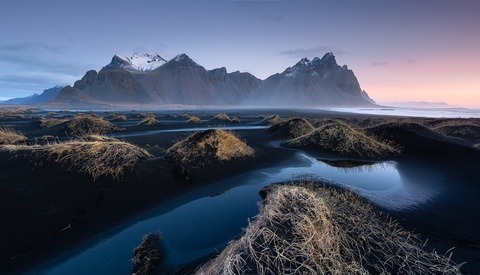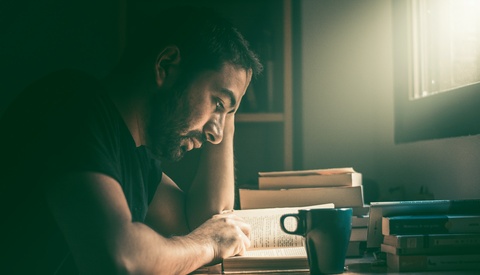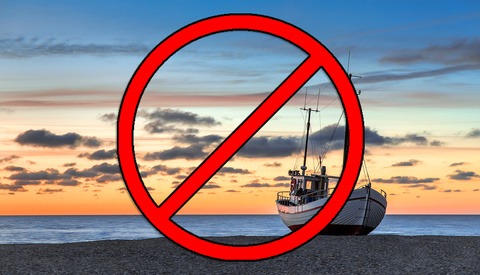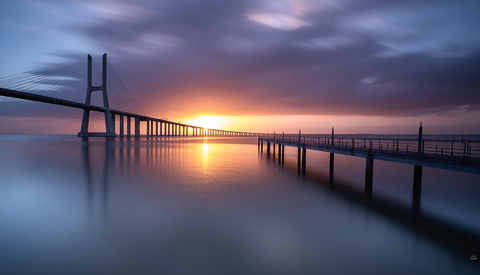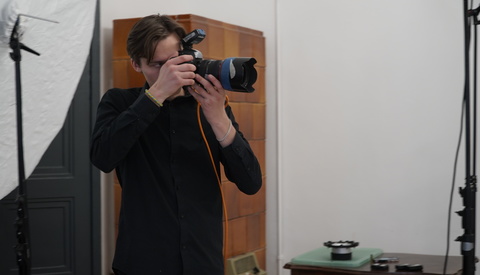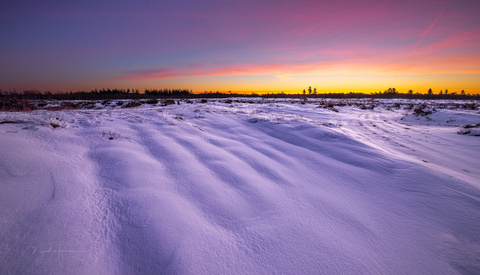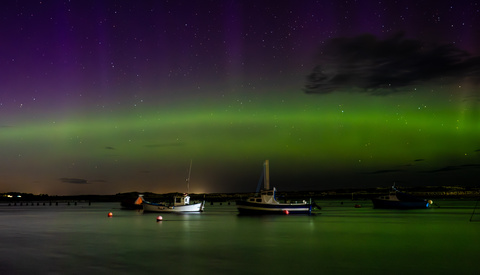Sharpening in Lightroom: Make the Most Out of the Detail Panel
Adobe Lightroom was a pretty slick piece of software to begin with, but over the past several updates it has become an incredibly powerful tool for photographers. Of all the different controls and tools available within the software, the Detail panel has become one of my favorites. If you use Adobe Camera Raw or Adobe Photoshop, you can find the same set of controls that we're talking about today which of course is within Lightroom. Adobe has been streamlining their systems for a long enough time now that handling raw files, although from a cataloging perspective is quite different, is almost identical between Lightroom, Camera Raw, and Photoshop.





